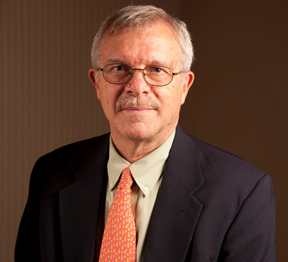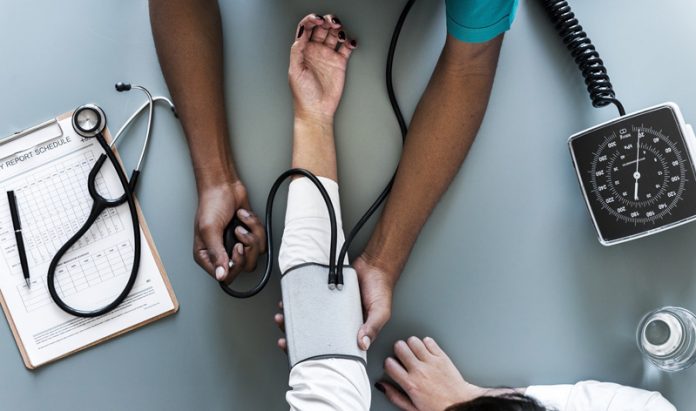
Public health has undergone major shifts over the last decades. Originally focused on the prevention of communicable diseases through improvements in hygiene, it evolved to serve as a source of direct care services, especially as a safety net for the uninsured and underinsured in Louisiana. These services included vaccinations, contraception, WIC, Tuberculosis and STD surveillance and treatment, outbreak surveillance, various programs related to infant and child death reduction strategies and environmental services (such as restaurant inspections). Most of these activities are still performed to a greater or lesser degree by public health in Central Louisiana and elsewhere in the state.
The preventive health component of public health seeks to reduce disease by addressing obesity, tobacco use, other cardiovascular disease risk factors, cancer detection, and prevention of food or water-borne illnesses. Some public health initiatives, such as smoke-free ordinances, have been established in Alexandria (the first in the state) and subsequently in other municipalities throughout Louisiana. Public health also helps coordinate disaster response efforts, notably by insuring the medical treatment of vulnerable populations in shelters.
Health units do not provide comprehensive primary care services, however. Those are generally provided by so-called “alternative providers” such as Federally Qualified Health Centers (FQHCs), Rural Health clinics (RHCs) and, at least in Central Louisiana, by public-private partnership clinics founded in the wake of the closure of Huey P. Long Hospital. All of these entities help serve the underinsured (Medicaid) and uninsured populations, who are so numerous in Louisiana and often not accepted by private providers. Given the proliferation of such “alternative providers,” the place of public health and health units in this new medical landscape remains to be determined. Some health units—at least those in Central Louisiana—still see many patients (over 53,000 encounters/year), most of whom are Medicaid clients, and disproportionately African-American. In the event of a reduction of direct care services at health units, these clients would need to be referred to regional FQHCs, RHCs and public-private partnerships for comprehensive primary care.
Dr. Karen De Salvo (formerly of Louisiana and currently in Texas) promulgated the notion of Public Health 3.0, or the transformation of health units from providers of direct care services to sources of preventive health for the community. Local health units would be turned into “health hubs,” or centers of wellness dedicated almost exclusively to prevention. This would include health education, surveillance of communicable diseases, inspections and disaster preparedness, all in close cooperation with other area providers and stakeholders. The goal, of course, would be the achievement of measurable improvements in health outcomes in a state plagued by consistent, pervasive poor results. The annual review of outcomes and goals, developed in cooperation with the community, would be an integral part of the transformation process.
Why does the Office of Public Health in Central Louisiana pose such a dilemma to this transformation process? First, our regional health units remain critical providers of some services (notably reproductive health), seeing more patients per capita than any other public health region in the state. Health units also remain the only WIC provider in our region since there are no contract WIC providers. Second, given our relatively young population of clients, most of whom are seeking contraception, many do not have a primary care provider at all. Coming to the health unit for their reproductive health needs (or STD treatment) may be the only medical visit they make in the whole year. They do not see the necessity or advantage of seeing another provider. Third, the density of alternative providers of primary care varies dramatically from region to region and from parish to parish. While the density is very high in South Louisiana, it is much lower in the Central and Northern parts of the state. The question remains as to whether alternative providers are both willing and able to provide full primary care services as well as those traditionally offered at the health units.
In our regional parish health units, we do ask clients about tobacco use (and provide Quitline information) as well as provide BMI (Body Mass Index) charts, along with information about the risks of obesity. While admirable, both are limited interventions and that clearly fall short of providing comprehensive primary care services.
While some states, such as Texas, forbid health units from providing any service available from other local providers, Louisiana has always been heavily involved with direct patient care. Since the closure of Huey P. Long (and the entire Charity system), public health has remained one of the last bastions of the formerly robust state-operated care delivery system.
While each region has its own issues, history and dynamics, the closure of the state delivery system has had unintended consequences that should dictate a cautious approach to public health transformation. Change for change’s sake only rarely produces positive results. A careful evidence-based transition, concentrating on outcomes, should produce better long-term results while minimizing unintended chaos as we plunge toward this “Brave New World” of public health transformation.










